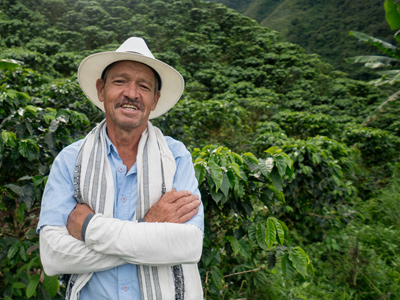
Trade and Aid
This Geography quiz asks questions on trade and aid. The GCSE syllabus asks that you realise that there are global variations in ecomomic development and the quality of life. During these studies, you will probably look at several case studies that show the causes (physical, economic and historical) and the consequences (differences in health, wealth and migration) of this uneven development around the world.
One of the key factors in the economic development of a country is trade. Usually, MEDCs are exporters of manufactured goods and they import primary products (e.g. food and raw materials). For LEDCs, the opposite is usually true. Since manufactured products are usually higher value items than primary products, this means that LEDCs are more likely to have a trade deficit and this makes it difficult for them to pay off international debts or improve the infrastructure of their countries.
Ready for more?
not all...
quizzers. Try to win a coveted spot on our Hall of Fame Page.







